Imagine a “dream machine” on wheels.
It’s easy if you try. But the John Lennon Educational Tour Bus is no dream. A state-of-the-art multimedia studio packed in a bus, it’s a vehicle for opening the minds of aspiring young musicians.
“Swing open the door, step inside, take three short steps into the main cabin and look around,” writes Mark Garvey in
“Come Together: The Official John Lennon Educational Tour Bus
Guide to Music and Video,” a recently published history of the bus by Garvey and Yoko Ono Lennon. “You’ve entered a different world. And whether you’re young or old, if you’re a person who harbors music, video-editing or any related technical aspirations, you know you’ve just walked into a candy shop.”
Garvey captures the essence of the John Lennon Educational
Tour Bus, which has been exposing young people to opportunities within the recording industry for the past 10 years. The bus operates year-round to offer students across the country an education in songwriting, audio and video recording, and the music business. It includes a 45-foot-long recording and multimedia studio as well as a 16-foot-long trailer carrying instruments and ancillary equipment.
The bus was conceived by Brian Rothschild, a former songwriter and keyboard player for the band I Am Siam, and
David Sonenberg, whose DAS Communications manages acts including the Spin Doctors, the Black Eyed Peas and John
Legend.
CULTIVATING YOUNG TALENT
In their work, the two men received a tremendous number of unsolicited cassette tapes. The two talked about creating a songwriting contest for young artists who don’t have the opportunity to meet music executives and decision-makers. With
Ono, they established the John Lennon Songwriting Contest and used a bus to promote it.
Rothschild had the idea to turn the bus into a recording studio, “like a dream machine that can stimulate people’s imaginations,” Sonenberg says.
They asked Ono if she might consider making a contribution.
“It’s a tribute to John Lennon’s genius and to Yoko’s generosity that the Lennon Bus exists today as a safe haven where (young people) of all ages can come together and be creative,” Sonenberg says.
For Ono, the concept was in keeping with her husband’s spirit in the sense that “John came from a working-class neighborhood — Liverpool — and was always concerned about working-class kids. The tour bus offered an incredible, exciting opportunity for children. It’s very different than having an ice cream man drive through your town … It’s a beautiful thing, really.”
The bus operates as a nonprofit corporation whose primary sponsors include Apple, Maxell and the International Music
Products Assn. (NAMM). Numerous other companies help support the bus.
FESTIVAL CIRCUIT
Musical instrument manufacturer Roland and music retailers have worked with the bus in many markets to stage events and programs, and it has gone to festivals including the Fan Fair, the Warped tour, the Sprite Liquid Mix, and JazzFest and the
Voodoo Music Festival.
Warped tour creator Kevin Lyman says, “I think Brian may have been a little skeptical when I first talked about doing the Warped tour, but he realized there were so many young, creative minds at the shows. It’s awesome to see the young people who have come out, who can relate more to a Warped tour setting.”
In addition to visiting schools, conventions, concerts and festivals, the bus has been an ambassador for the USO, stopping primarily at bases whose personnel have served or will serve tours in Iraq or Afghanistan.
The bus, driven by Tony Spencer, boasts a crew of onboard engineers who sometimes work 20 hours a day. The engineers sign on for 10 months and live on the bus, usually three at a time.
Most of the engineers are recruited from Full Sail Real World
Education, a recording and production school in Orlando, Fla.
In a typical one-day session with middle school, high school or college-age students, the bus staff will help young people compose and record a song, shoot and edit a video, and burn both to Maxell CDs and DVDs.
“Visiting students spend the morning hours working with the engineers and coming up with ideas for lyrics and composing and recording an original song,” says Rothschild. ” After lunch, the group shoots video footage and digital photos, all of which is edited into the finished music video project by around 6 p.m.”
ALL ABOARD
In addition to the onboard engineers, a long list of artists have offered their time on the bus, among them Carlos
Santana, Tim McGraw, Enrique Iglesias, Matchbox Twenty, Wyclef
Jean, Bryan White, George Clinton, LeAnn Rimes and the Black
Eyed Peas. In many cases, as with Fergie and the Black Eyed
Peas, artists have used the mobile studio to record their own music.
Songwriter/performer/producer Will.i.am says it’s inspirational for kids to see that a favorite song on the Black
Eyed Peas’ album “Monkey Business” was recorded on the bus. It makes the message even more powerful, he says, “when that bus goes to their school, and they see their dreams can come true too.” While the bus is like the bookmobile, “you never really saw book authors on the bookmobile.”
“I love the Lennon Bus. It’s really cool and many of the songs from my album ‘The Dutchess’ were recorded onboard,”
Fergie says. “It’s great to have the bus around when we are on tour as we can jump in there after a gig and work on new material. It’s also a special place where kids get the chance to be creative and record their own tracks. Plus, John Lennon’s vibes continue to inspire.”
The Bacon Brothers, Michael and Kevin, are also very enthusiastic about the bus.
“One of the things that is very close to my heart is music education for children,” Michael Bacon says. “Kevin and I grew up in Philadelphia, and there was a wonderful program and our parents had the resources to get us music lessons, acting and dancing lessons … Any time there is an opportunity to compensate for dwindling music education, I’m all for it, and that’s what the Lennon Bus does.”
Actor/musician Kevin Bacon recalls being on the bus “with a bunch of kids from New Orleans who had lost their homes in
(Hurricane) Katrina. They had very little experience with music, but had gotten there and used all of the tools and produced and recorded a song. … We went on and added a little guitar and percussion stuff. It was a lot of fun.”
Rothschild and Sonenberg have expressed a dream of expanding the program with more buses throughout the country, and even expanding worldwide.
“We certainly get more requests than we could possibly handle. That’s why we want to put another bus on the road,”
Rothschild says, referring to a bus purchased this past winter and expected to be on the road in January 2008.

